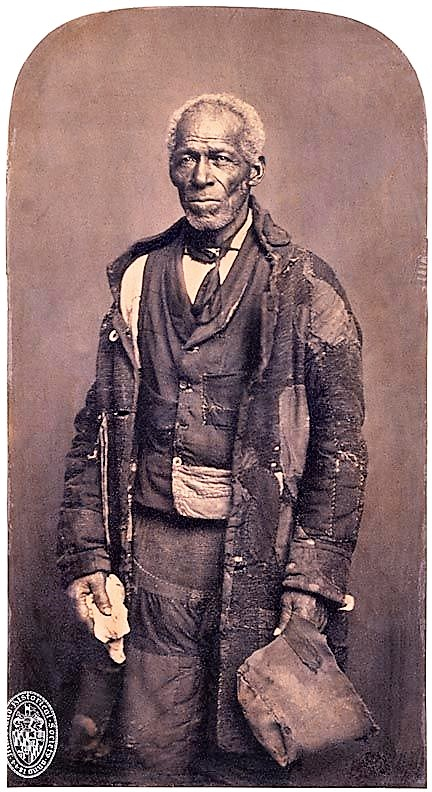George Roberts
Date & Place:
Not specified or unknown.


 Gaye Thomas
Gaye Thomas  AncientFaces
AncientFaces  Missis Jonathan
Missis Jonathan  Daniel Pinna
Daniel Pinna 
